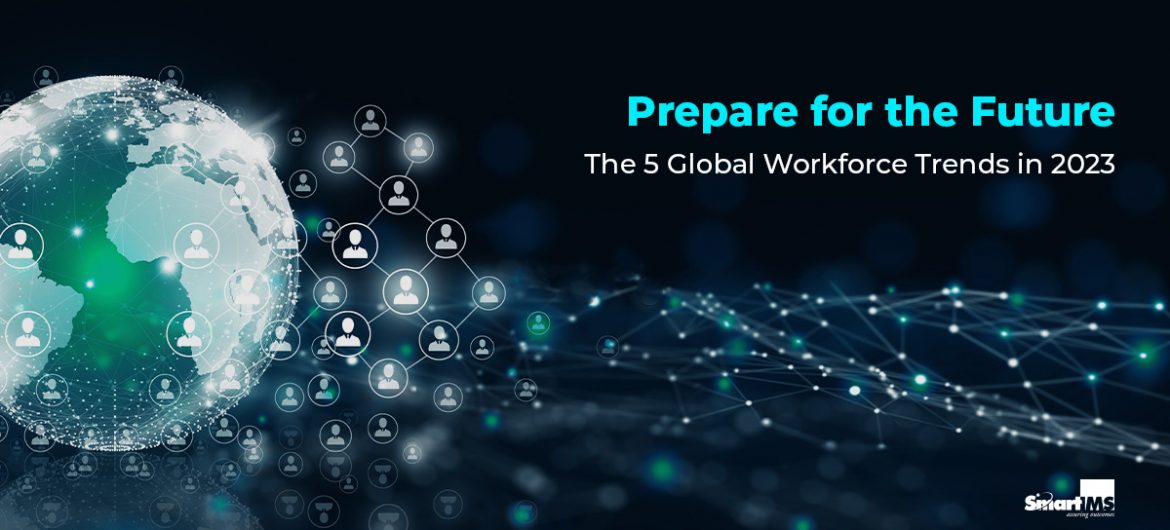During these past three years, we have observed several corporates adopt an ever-evolving workstyle to accommodate the best interests of their employees and the business. We have now reached a phase where the COVID-19 pandemic has officially come to an end, as endorsed by the WHO. Now that the major societal health hazard has ended, here’s a list of 5 workforce trends are here to stay in 2023 and beyond:
1. Diversity, Equity & Inclusion take the Center Stage
The events of the past few years have shone a light on the need for greater diversity, equity, and inclusion in the workforce. As per McKinsey’s recent report, corporates that identify as more diverse and inclusive are 35% more likely to outperform their competitors.
Business benefits of diversity and inclusion include: increased innovation, 87% betterment in team decision-making, improved employee engagement and 19% higher revenue generation.
2. Corporates normalize Hybrid Work Models
A survey conducted in 2022 shows 49.8% of respondents were working in hybrid model. While most corporates opened their offices full time subsequently, many have chosen to give their employees the flexibility of hybrid work, based on necessary.
This trend may or may not carry forward with the same percentage over the future years, but as for 2023 it seems that the trend may last for the remaining quarters as both employees and employers get adjusted and prepared to re-enter a (Covid) free society.
3. Upskilling – a Necessity for Individual Growth
In the last decade of Globalization of businesses, the market competition has increased drastically, leading to heavy demand for (niche) skilled workers across the board. To acquire this cream talent amongst the global workforce, organizations offer higher pay grades and attractive benefits. This not only helps companies better their standing in the marketplace, but also provides opportunities for individual employees to achieve their career goals, while gaining skills required for rapidly growing technological and societal developments.
4. Mental Health and Well-being – a Priority
The COVID-19 pandemic has had a significant impact on the mental health and well-being of workers around the world. A growing awareness of the importance of mental health and well-being for employees and companies has led to businesses taking new initiatives to better work life balance and avoid burnouts.
5. Freelancing – a trend to Continue
The gig economy has been growing rapidly in recent years, and we expect to see this trend continue in 2023. More workers are turning to freelancing to supplement their income, gain more flexibility, and access new job opportunities.
This trend has been driven by a growing number of freelance work platforms, such as Freelancer, TaskRabbit, and Upwork, Fiverr as well as changing attitudes towards work and careers.
In conclusion, the global workforce is undergoing significant changes, and the trends outlined here are just a few examples of what we can expect to see in 2023 and beyond. Organizations and workers must be agile, adaptable, and willing to embrace change to succeed in this ever-dynamic environment.





